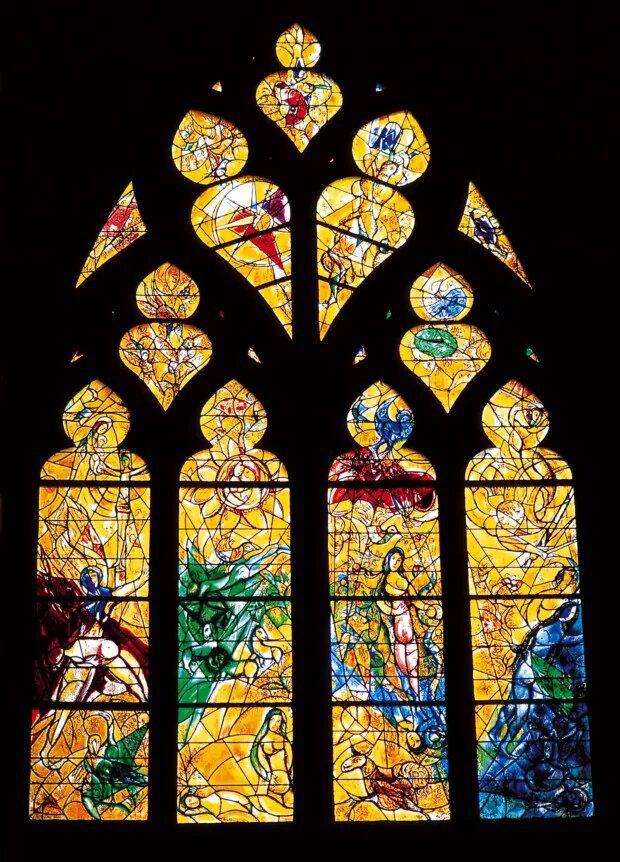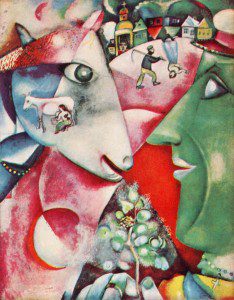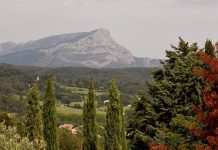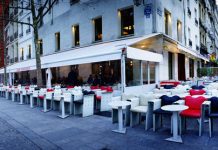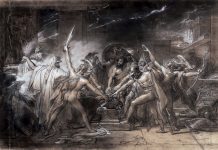Marc Chagall
Le Musée Marc-Chagall (ou Musée National du Message Biblique Marc-Chagall) is a national museum dedicated to the work of the painter Marc Chagall – essentially that of religious inspiration – located in Nice in the Alpes-Maritimes.

Created during the artist’s lifetime, with the support of the Minister of Culture André Malraux, and inaugurated in 1973, the museum houses a series of seventeen canvases illustrating the biblical message, painted by Chagall and offered to the French State in 1966. This series represents Genesis, Exodus and the Song of Songs.
As the collection grew richer, what was a thematic museum illustrating the biblical message became an actual monographic museum dedicated to the work of Chagall’s religious and spiritual inspiration.
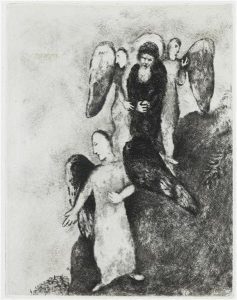
The painter donated all the Biblical Message’s preparatory sketches and stained glass windows and sculptures. In 1986, the museum acquired the complete suite of drawings and gouaches made for the Exodus and ten other paintings. , of which the triptych Resistance, Resurrection, Liberation is part. Further acquisitions of Chagall’s work, often by donation, have supplemented the museum’s inventory, which today is one of the world’s most significant collections.
En effet, l’art “Chagalien” est une recherche spirituelle imprégnée de croyances Hassidiques poétiques, qui par ailleurs, intègre les mouvements avant-gardistes parisiens de l’époque. Comme le décrit si merveilleusement le poète André Breton, la peinture de Marc Chagall:
“synthétise l’intensité chromatique du fauvisme à l’abstraction des
cubistes pour culminer à une explosion lyrique totale.”

